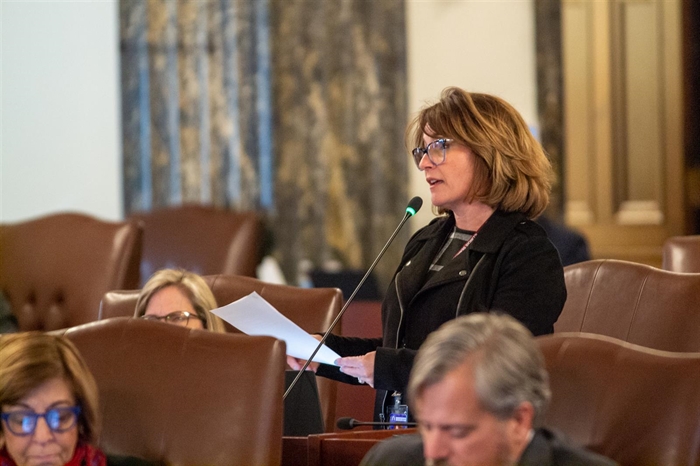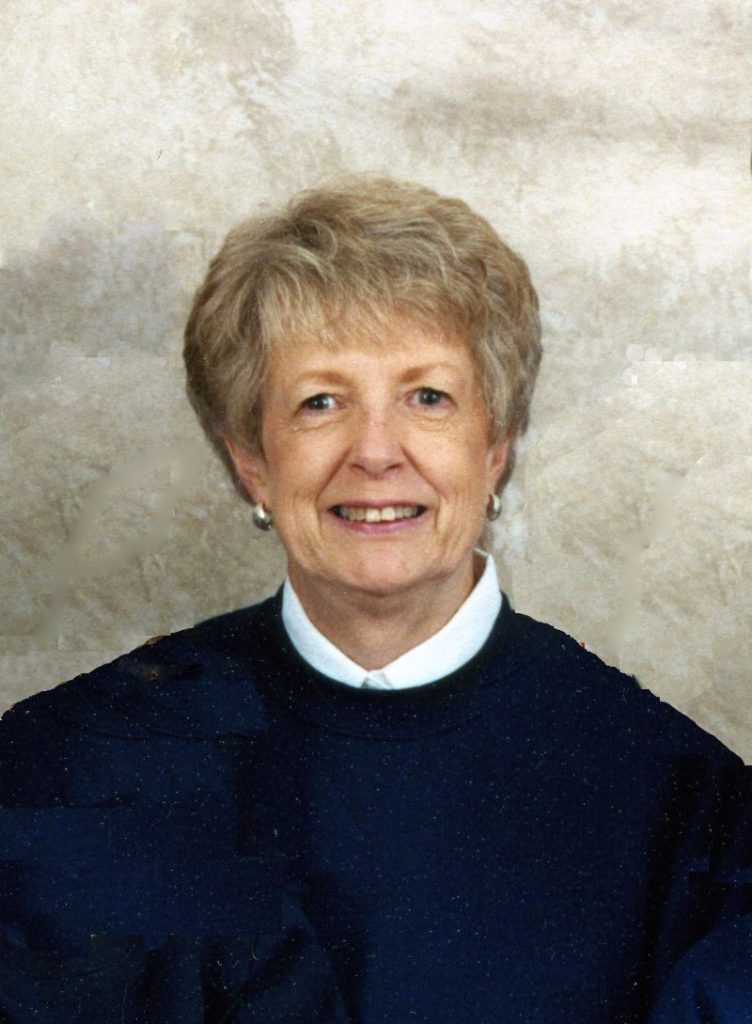Bill aims to limit excessive cash reserves in Illinois school districts; some could operate for years on money stashed away

SPRINGFIELD – The overall financial health of Illinois school districts has been improving in recent years, according to a recent state report, but a bill moving through the General Assembly seeks to rein in the amount of money some districts are saving.
Senate Bill 1994, which passed unanimously out of the Senate last week and now awaits action in the House, would put a cap on how much money school districts could hold in reserves. Districts that exceed it would be required to file a report with the state.
“They’re kind of like a nonprofit where, you know, money comes in and resources come in, and then it needs to be spent,” the bill’s sponsor Sen. Meg Loughran Cappel, D-Shorewood, said during an interview. “Like, yes, you need to have savings. Yes, those are good practices. But you can’t just be sitting on all this cash and then not doing anything with it.”
The Illinois State Board of Education publishes a report each year measuring the financial health of all 852 school districts in the state. The report looks at several factors such as their expenditure-to-revenue ratio, short-term and long-term debt, and how many days’ worth of cash on hand they keep.
ISBE uses those factors to generate an overall “financial profile” score for each district. Over the last seven years, the latest report noted, the statewide average score has risen steadily.
To receive ISBE’s highest rating, districts must keep the equivalent of 180 days of operating expenditures on hand. The agency also notes that bond underwriters and financial advisers typically recommend 144 to 180 days of operating expenditures.
According to the most recent report, which includes data from the fiscal year that ended June 30, 2021, 70 percent of districts had cash reserves of between 100 and 359 days of expenses. But 197 districts, or 23 percent, had reserves of 360 to 720 days, and 10 districts had reserves greater than 720 days.
The report does not identify which districts have those large reserves.
SB 1994 would require districts to calculate their three-year average operating expenses each year and report their cash on hand. If their cash reserves ever exceed 2.5 times their annual average, they would have to submit a plan to ISBE for how they intend to spend those reserves.
Districts would not be required to spend excess reserves, but only to submit the plan detailing how they intend to do so over the next three years.
Cappel said that limit was negotiated with superintendents and other officials involved in school district budgeting who had pushed back against the original version of the bill, which would have required districts to immediately spend down any reserves beyond 250 days of operating expenses.
She noted that there are many reasons why a district might build up large reserves. Some, she said, might save up so they can pay cash for capital expenses like a new security system or to build a new elementary school. Others might be bracing themselves for the possibility that their heating or air conditioning system might go out.
“I don’t want to stop any district, if they’ve got plans to build something that’s appropriate, you know, a kindergarten building or whatever,” she said. “Of course, we want you to be able to use that. So that’s kind of where this came from.”
Miss Clipping Out Stories to Save for Later?
Click the Purchase Story button below to order a print of this story. We will print it for you on matte photo paper to keep forever.

